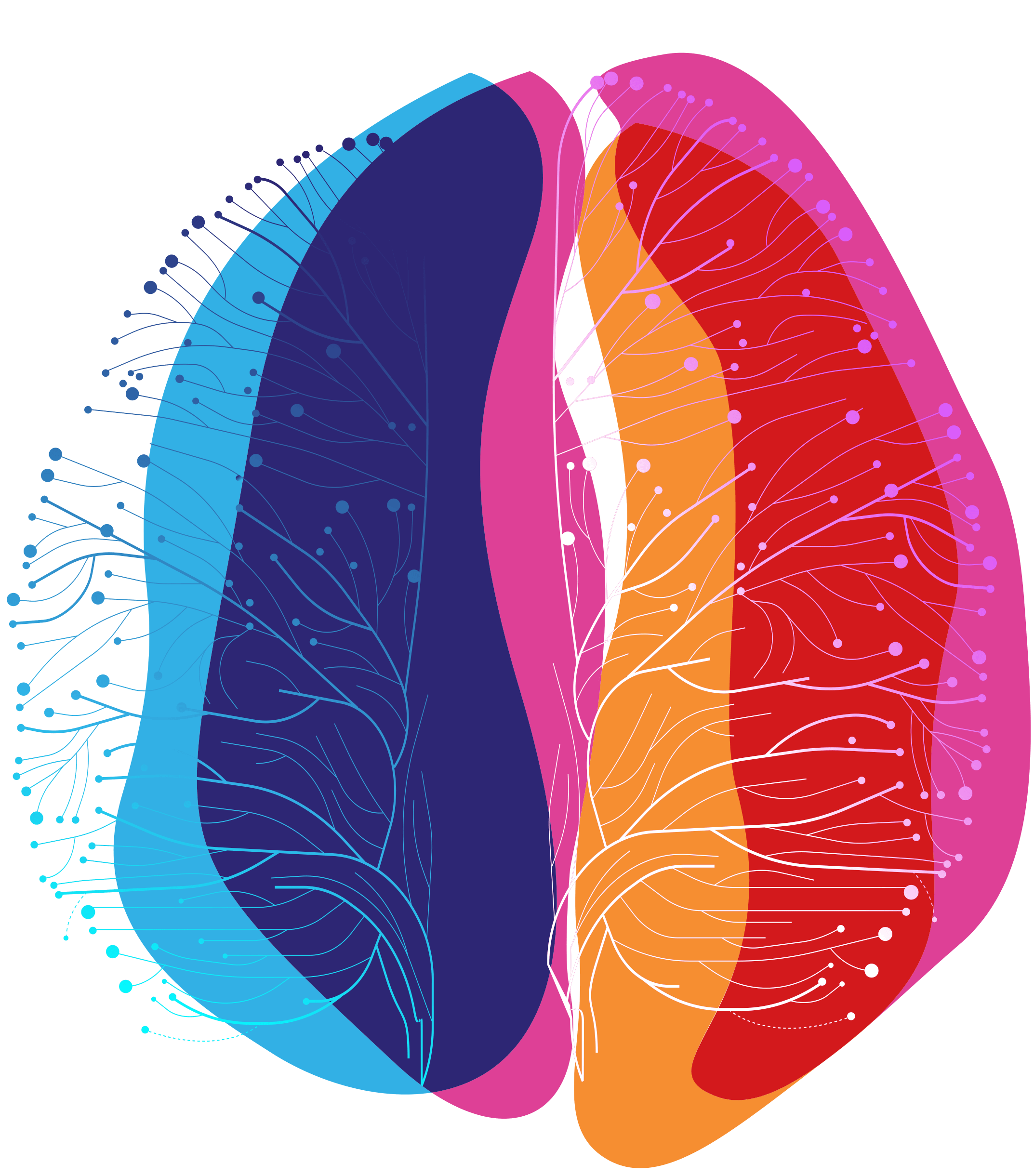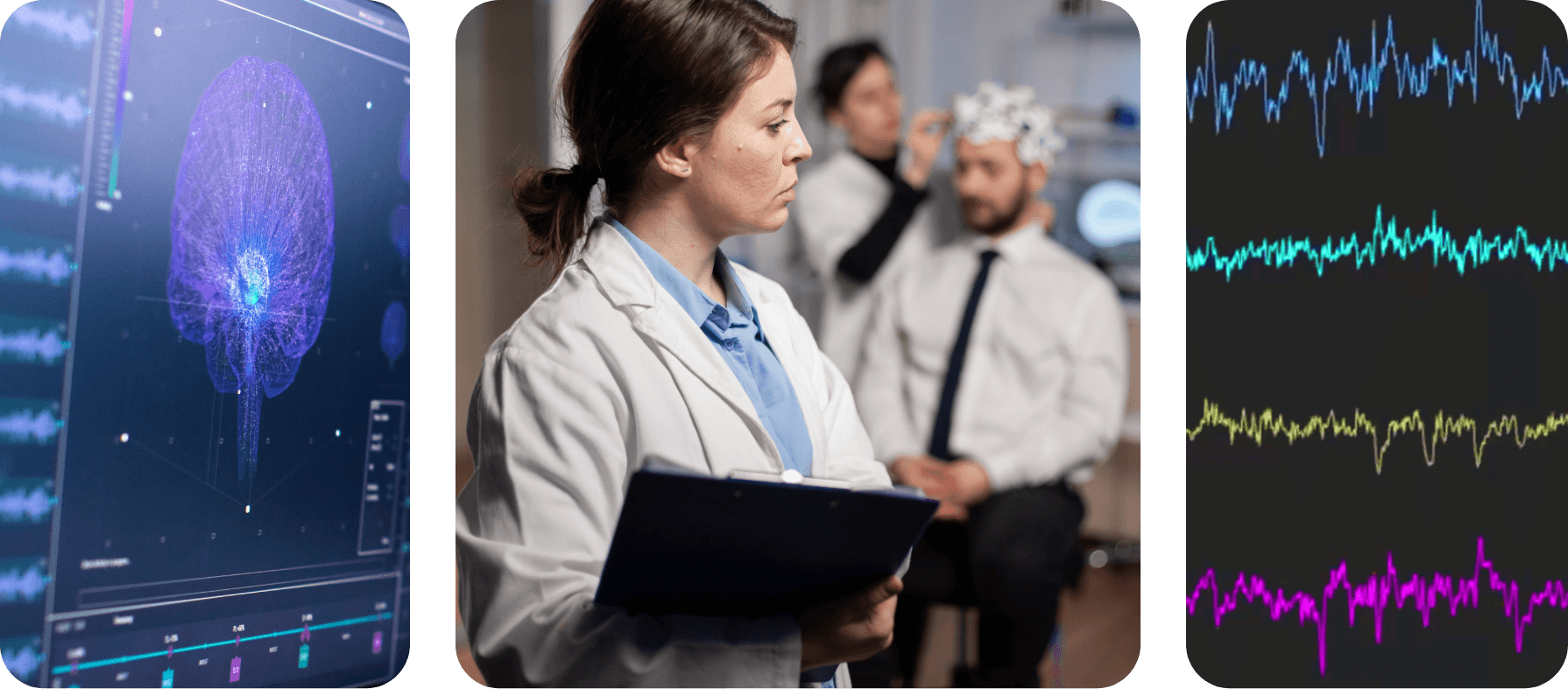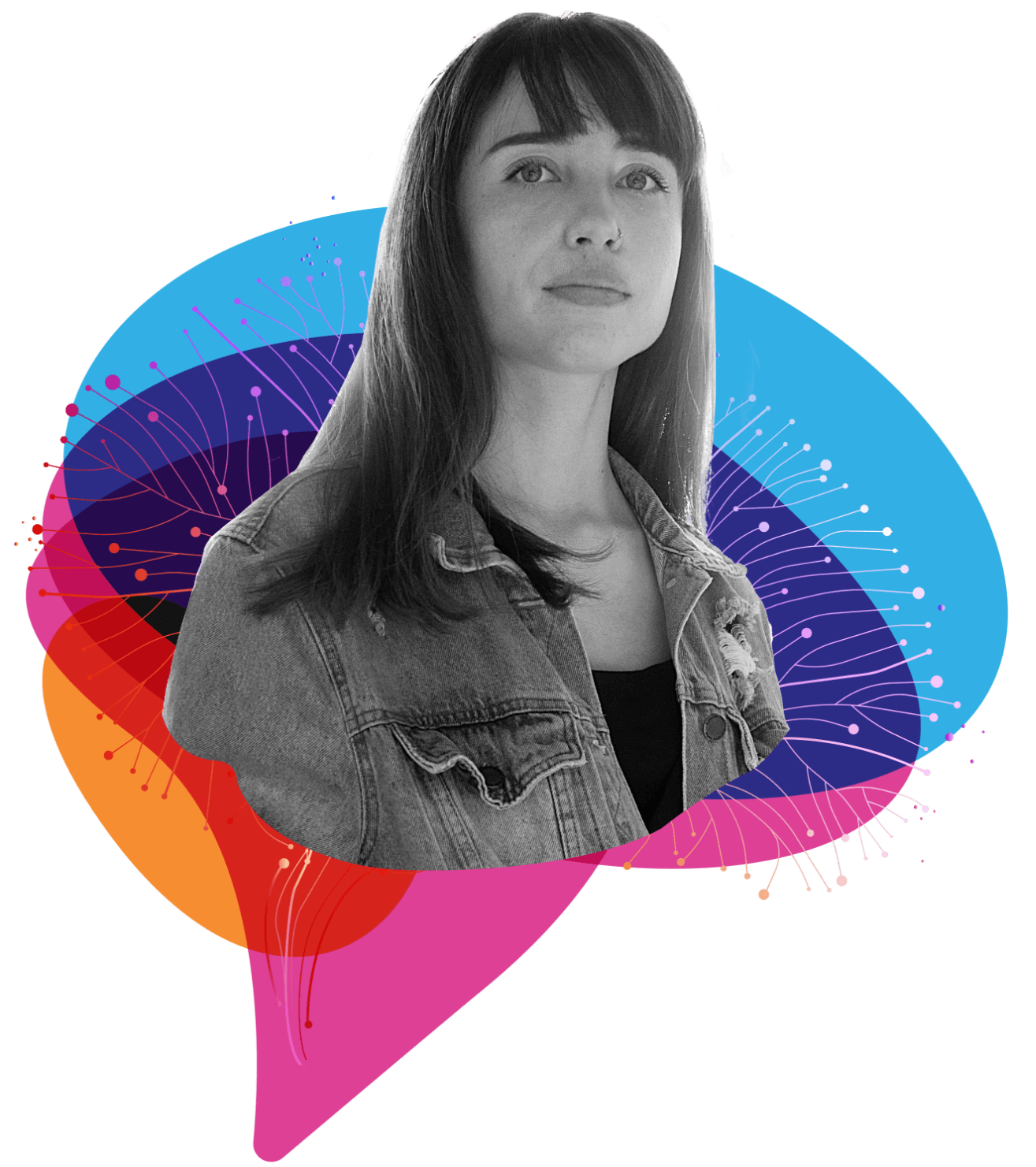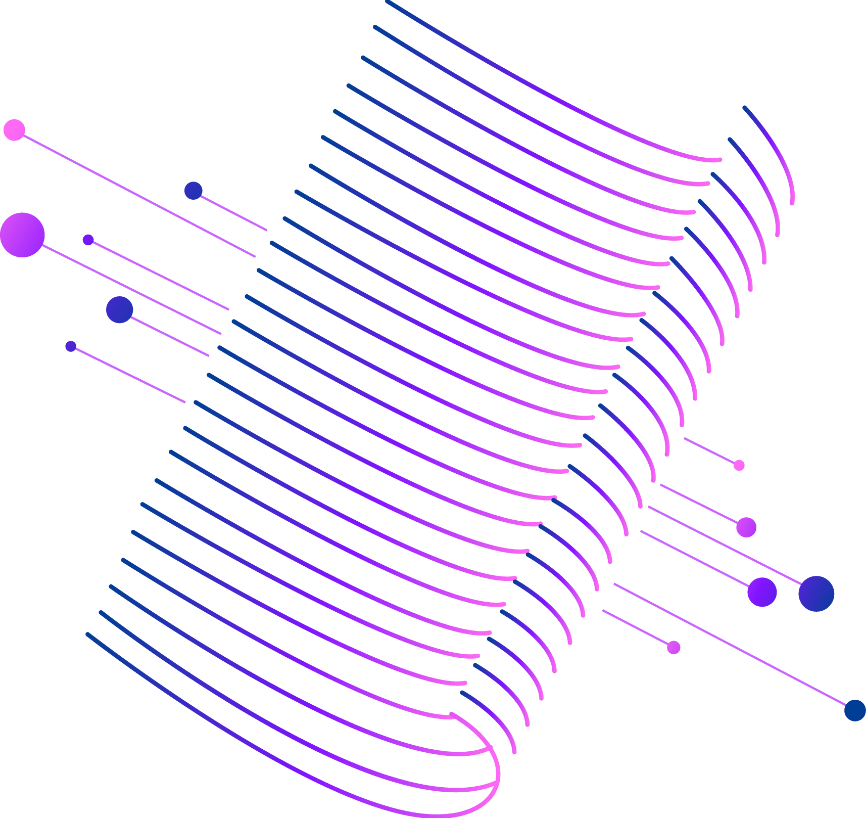Platform:
Overview

Complex problems demand precise solutions
Mental health disorders are a leading cause of disability globally.1 In the US alone, 1 in 5 people are living with a mental health disorder, with an estimated $280 billion spent on mental health services in the US in 2020.2,3 Despite enormous need, the current standard of care consists of treatments that are ineffective for many patients. Approved medications are often quite similar and represent only a small fraction of potentially effective and targetable brain mechanisms.
People suffering from neuropsychiatric conditions deserve better. We’re here to drive meaningful innovation in psychiatry.

A differentiated approach to psychiatry
Until now, psychiatry has relied on clinical observation to prescribe medicines, neglecting consideration of the underlying biological differences among patients. This approach leads to variability in response to treatment, with most patients cycling through multiple treatments before finding one that works for them, if they even do.
At Alto, our work begins with the patient and their unique neurobiology in mind. Leveraging 15 years of our neuroscience research, extensive clinical and biological datasets, and machine learning techniques, we target our drug candidates to specific, biologically defined patient profiles. With our biomarker-driven pipeline of independent programs, our precision psychiatry approach aims to improve clinical impact by focusing on the patient and what makes each one different, at the center.
Our machine learning-driven Precision Psychiatry Platform™
We recruit large and diverse real-world clinical populations representing common neuropsychiatric conditions such as depression, schizophrenia, and bipolar disorder.

We objectively measure core domains of brain function in each patient to identify biomarker characterized profiles.
- Measuring cognition through our internally developed, performance-based computerized tests.
- Measuring brain activity and connectivity through electroencephalogram (EEG) to reveal the underlying neural processes.
- Measuring sleep and activity patterns through wearables.

We use these signatures to identify profiles that are most likely to benefit from our drug candidates, ensuring every patient gets the right treatment for their condition.

In addition to identifying likely drug responders, we deploy our platform in early-stage clinical development to de-risk and characterize drug effects on the brain. This allows us to understand how to dose our drugs based on their neurobiological effects and then translate this information to drive indication selection and even define the patient profile that we will target in later-stage trials.
Our Precision Psychiatry Platform continues to evolve and become more predictive.
Improving clinical success, transforming patient outcomes
Our precision approach builds on positive clinical results across programs that address high-need therapeutic areas. We’re advancing the first biomarker-driven pipeline for neuropsychiatric indications with multiple, independent, clinical-stage programs.



Psychiatric innovation driven by clinical and biological insights
Read our publications and presentations to see how we’re advancing the understanding and treatment of neuropsychiatric conditions.
References: 1. Wu Y, Wang L, Tao M, et al. Changing trends in the global burden of mental disorders from 1990 to 2019 and predicted levels in 25 years. Epidemiol Psychiatr Sci. 2023;32:e63. doi:10.1017/S2045796023000756 2. Mental illness. National Institute of Mental Health. https://www.nimh.nih.gov/health/statistics/mental-illness 3. Substance Abuse and Mental Health Services Administration. Projections of National Expenditures for Treatment of Mental and Substance Use Disorders, 2010–2020. HHS Publication No. SMA-14-4883. Rockville, MD: Substance Abuse and Mental Health Services Administration, 2014.